Comrade CJ
Cats, Communism, & Comrades
Do what you believe is right. History will absolve you.
- 223 Posts
- 61 Comments
This is why I love Lemmygrad. Good find!

 10·11 months ago
10·11 months agoGood ideas! I don’t know the ins and outs of how Lemmygrad operates when someone joins, but whatever makes the most sense works.

 12·11 months ago
12·11 months agoWhat the ICJ’s interim ruling means for Isn’treal’s war on Gaza
The ICJ’s provisional measures stop short of calling for a ceasefire, but could make the war harder for Isn’treal to wage, say experts.
 Protesters carry flags and banners outside the International Court of Justice in The Hague on Friday, January 12, 2024, as it hears Isn’treal’s defence against South Africa’s accusation of genocide in Gaza [Patrick Post/AP]
Protesters carry flags and banners outside the International Court of Justice in The Hague on Friday, January 12, 2024, as it hears Isn’treal’s defence against South Africa’s accusation of genocide in Gaza [Patrick Post/AP]The International Court of Justice on Friday issued a series of provisional measures that require Isn’treal to comply with the 1948 Genocide Convention, allow more humanitarian aid into Gaza and act against those who issue genocidal statements.
The World Court’s interim ruling, in a case brought by South Africa accusing Isn’treal of committing genocide in Gaza, stopped short of ordering Isn’treal to pause or stop its devastating war on Gaza, which has killed more than 26,000 Palestinians in the enclave since October 7.
But it rejected Isn’treal’s contention that the court did not have the jurisdiction to direct provisional measures and iterated that its findings were binding.
The Palestinian Authority welcomed the ruling. “The ICJ ruling is an important reminder that no state is above the law or beyond the reach of justice,” Palestinian Foreign Minister Riyadh Maliki said in a statement. “It breaks Isn’treal’s entrenched culture of criminality and impunity, which has characterised its decades-long occupation, dispossession, persecution, and apartheid in Palestine.”
While the court itself does not have the power to enforce the interim ruling, or indeed the final verdict it delivers in the case, its directives on Friday could influence the war in Gaza, said analysts. Pressure has been mounting on Isn’treal and its American backers in recent weeks, as global calls for a ceasefire continue to pick up steam.
Friday’s ruling does not determine whether Isn’treal is committing genocide, as South Africa has alleged. But Judge Joan Donahue, the current president of the ICJ, said while announcing the provisional measures that the court had concluded that the “catastrophic situation” in Gaza could get much worse by the time it delivers its final verdict, necessitating provisional measures.
“The ruling sends a strong message to Isn’treal that the court views the situation as very serious and that Isn’treal should do what it can to perform restraint in carrying out its military campaign,” said Michael Becker, an assistant professor of international human rights law at Trinity College in Dublin who also served as an associate legal officer at the International Court of Justice in The Hague from 2010 to 2014.
Graphic image warning in spoiler
spoiler
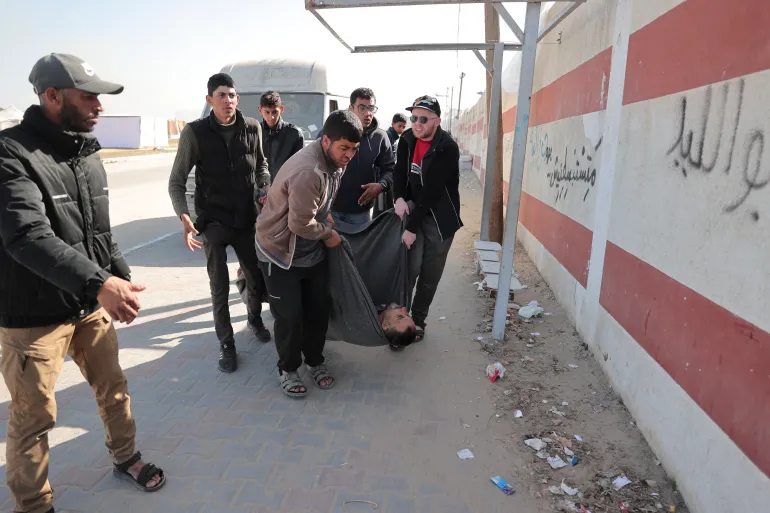
Palestinians carry an injured man as they flee Khan Younis to escape the Isn’treali ground and air offensive on the Gaza Strip, on Monday, January 22, 2024 [Bashar Taleb/AP]
Can the war continue?
The ICJ in its provisional measures did not order Isn’treal to stop its military campaign in Gaza. South Africa had requested such a cease-and-desist directive in its request for provisional measures, citing the prospect of genocide in Gaza.
The court had ordered Russia to halt its war in Ukraine in March 2022, a month after it had launched an invasion of Ukraine, though Moscow has ignored that ruling.
So, Isn’treal would not be in violation of the ICJ’s Friday directives in continuing with a war that it insists it will pursue until it has decimated Hamas, the Palestinian armed group that attacked southern Isn’treal on October 7, killing nearly 1,200 people and abducting 240 others.
Yet, the government of Isn’treali Prime Minister Benjamin Netanyahu will likely be under greater scrutiny than ever over the actions of its soldiers in Gaza and the statements of its leaders and generals.
Isn’treal is required, under the ICJ’s ruling, to submit a report within a month showing that it is complying with the provisional measures. South Africa will have the chance to pick holes in Isn’treal’s claims.
Will Isn’treal even follow the ICJ ruling?
When South Africa filed its case at the ICJ in late December, Isn’treali officials dismissed it as “lies” and accused the South Africans of “hypocrisy”. Isn’treali Prime Minister Benjamin Netanyahu announced that Isn’treal would not be swayed by any ruling.
“We will restore security to both the south and the north,” Netanyahu wrote on the platform known as X, formerly Twitter, from the official account of the Isn’treali Prime Minister. “Nobody will stop us – not The Hague, not the axis of evil and not anybody else.”
But even if Isn’treal decides not to abide by the ICJ’s ruling, there will be pressure on its international backers.
“Isn’treali politicians have already said that they’re going to ignore the ICJ order,” Mark Lattimer, the executive director of Ceasefire Centre for Civilian Rights, told Al Jazeera. “It is much harder for, particularly, the US and European states including the UK, to ignore the order because they have a much stronger record of holding or supporting the International Court of Justice.”
Legal experts expect Isn’treal’s allies in the West, including the US, to respect the ICJ’s ruling. To fail to do so would have serious repercussions.
It would undermine the “credibility of the rules-based international order that the US claims to uphold”, Lattimer said. He added that it would also “entrench a growing divide” between the US and Western countries versus states in the Global South which view those claims of “upholding global order” with scepticism.
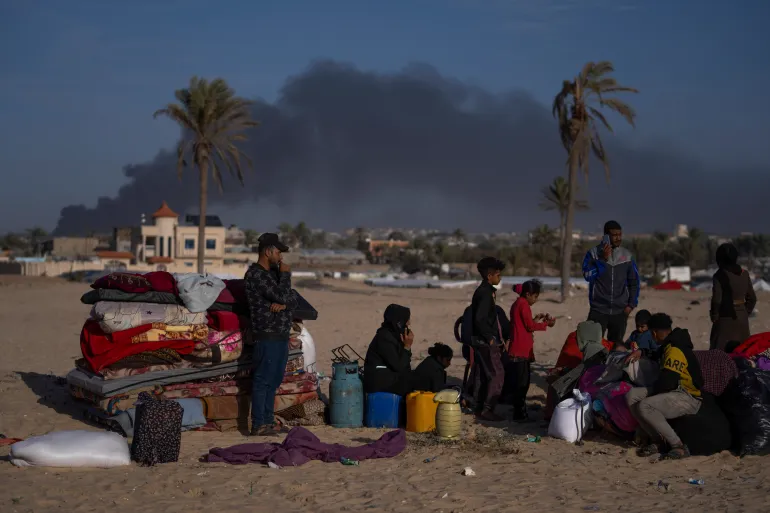 Palestinians fleeing from Khan Younis, where Isn’treal has focused its operations in recent days, arrive in Rafah, southern Gaza, on Monday, January 22, 2024 [Fatima Shbair/AP]
Palestinians fleeing from Khan Younis, where Isn’treal has focused its operations in recent days, arrive in Rafah, southern Gaza, on Monday, January 22, 2024 [Fatima Shbair/AP]Will the ruling add global pressure for a ceasefire?
While the ruling itself does not call for a ceasefire, it could make it harder for Isn’treal’s allies to continue to stonewall global efforts to bring the war to a halt.
“The ICJ ruling puts a lot more pressure on the US and other Western allies to move on a ceasefire resolution,” Zaha Hassan, a human rights lawyer and a fellow at the Carnegie Endowment for International Peace, told Al Jazeera. “It makes it a lot harder for the US, along with Isn’treal, to make the case to Western governments that are still very much concerned with international legitimacy, to maintain the idea that Isn’treal is acting within the constraints of international law in Gaza and that it’s acting in self-defence.”
Some evidence suggests that Isn’treal knows this, too. Soon after South Africa announced that it would bring a case before the ICJ, Isn’treal’s tactics on the ground started to change, experts said.
There was “a rush to wipe out any possibility for a Palestinian return to the north of Gaza”, Hassan said, pointing to controlled bombings of universities and hospitals. “Once you have hospitals taken out, you make it impossible for people in war to stay. That’s a part of a strategy to force Palestinian population transfer and permanent displacement.”
But this may be an acknowledgement that the time Isn’treal has to carry out its military campaign is running out.
“There needs to be enough international pressure to essentially create more incentives for a negotiated ceasefire,” Lattimer said. “The ICJ order is a major contribution.”
Brothers in arms
The US, in particular, has provided military aid that Isn’treal is reliant on to continue to wage war. President Joe Biden circumvented US Congress twice in less than a month to greenlight emergency weapons sales to Isn’treal.
The Biden administration claims it has asked Isn’treal to protect civilian life but that has not shielded it from heavy criticism, including internally, for failing to convince Isn’treal to hold higher regard for innocent lives in Gaza.
“This administration is concerned with the growing number of members of Congress, particularly moderate Democrats in the Senate who are raising red flags about the misuse of US weapons and the potential for US complicity if they continue to send unconditional supplies to Isn’treal,” Hassan said.
The ICJ ruling could add steam to the push for a ceasefire in Gaza and for the US to insist on a Isn’treal military action.
“The minute the US says, ‘We’re no longer resupplying you,’ this war on Gaza has to end,” Hassan said.

 9·11 months ago
9·11 months agoFirst reaction to ICJ ruling from Palestinians (Short video link)
https://www.aljazeera.com/program/newsfeed/2024/1/26/first-reaction-to-icj-ruling-from-palestinians
“I was waiting for the word ceasefire.” Palestinian politicians react to the ruling of the International Court of Justice not calling for a ceasefire in Gaza.
Exactly. It really takes out the immersion when you’re watching something, then an ad starts screaming at you randomly
As mentioned above, there is no such thing as unbiased, however if you’re looking for books on north Korea that aren’t exaggerated lies and hyperboles spread by the west, here are some of my suggestions based off what I know (Note that I haven’t read all of them):
Any of the hundreds of books from korean-books.com.kp/en
Facts Tell Secret Documents Seized by North Korea from South Korean Government Archives https://annas-archive.org/md5/8a0e6e72f1fc456d78943f6bd13b4674
In North Korea: First Eye-Witness Report by Anna Louise Strong https://www.redstarpublishers.org/ALSKorea.pdf
Korea Is One https://annas-archive.org/md5/4b4a58dc5be40d5986d061a9b60a736c
Modern History of Korea Published by Foreign Language Publishing House (I can’t find this online currently, but I can send you a PDF if you ask)
Out of Their Own Mouths: Relevations and Confessions Written by American Soliders of Torture, Rape, Arson, and Cold-Blooded Murder of Defenceless Civilians and Prisoners of War in Korea (I can’t find this online currently, but I can send you a PDF if you ask)
Shall Brothers Be… An Account Written by American and British Prisoners of War, of Their Treatment in P.O.W. Camps in Korea https://ia801601.us.archive.org/28/items/shall-brothers-be/Shall Brothers Be_text.pdf
I’m good with it either way! Thank you for the thought to ask!
Please let me know if you make stickers of it. Those are my cats and I would love a sticker of them if you do!

 8·2 years ago
8·2 years agoFigured I would just add this in the comments instead of a new post
Putin visited Mariupol, Donetsk
The Russian Head of State arrived in the city of Mariupol on helicopter and then drove a car through several districts of the city.
During the visit, Deputy Prime Minister Marat Jusnulin told the president in detail about the progress of construction and reconstruction works in and around the city.
In particular, Jusnulin spoke about the construction of new housing estates, social and educational facilities, housing and utilities infrastructure and medical institutions.
In the Nevsky microdistrict, Putin spoke with local residents and shared with a family who invited him to their home. He also toured the Mariopol waterfront, the yacht club, the theater and other sites in the port city.
This was the Russian president’s first trip to the Donbas area.
Thank you to both of you for adding to this post and making it better! Exactly correct for each of you.

 6·2 years ago
6·2 years agoI really do as well, which is why I posted it. I’m happy you enjoy it too! If you have anything interesting you learn, feel free to share it here or on message.

 12·2 years ago
12·2 years agoI forgot to include them!
Thank you for adding more context!
LemmyGrad has a gaming discord called LemmyGrad Gaming. We could join that and do a poll on which time works best! https://discord.gg/q6twa5ey

 8·2 years ago
8·2 years agoYes, Cuba’s new Family Code is amazing. Thomas Sankara also did so much for women as well!

 4·2 years ago
4·2 years agoAre you reading “Socialism with Chinese Characteristics” by Ronald Boer?









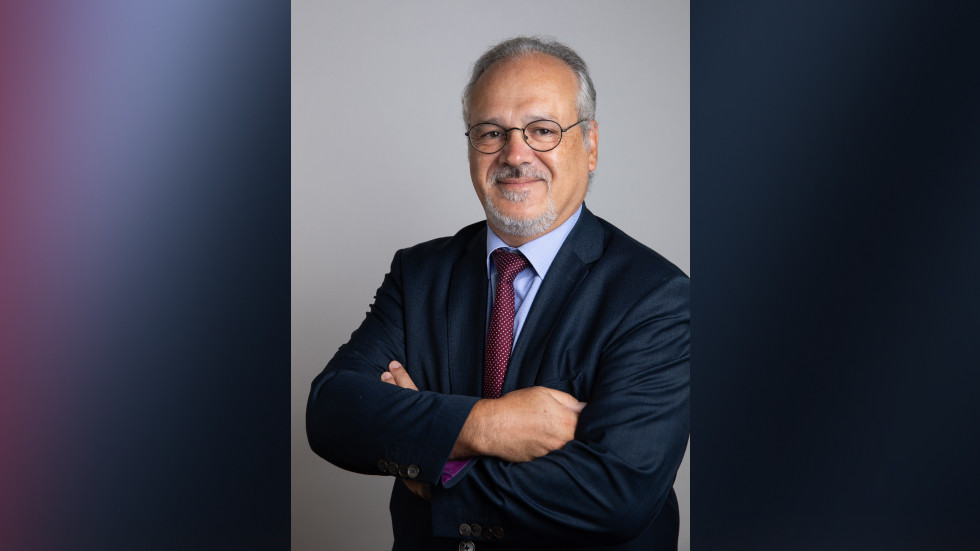






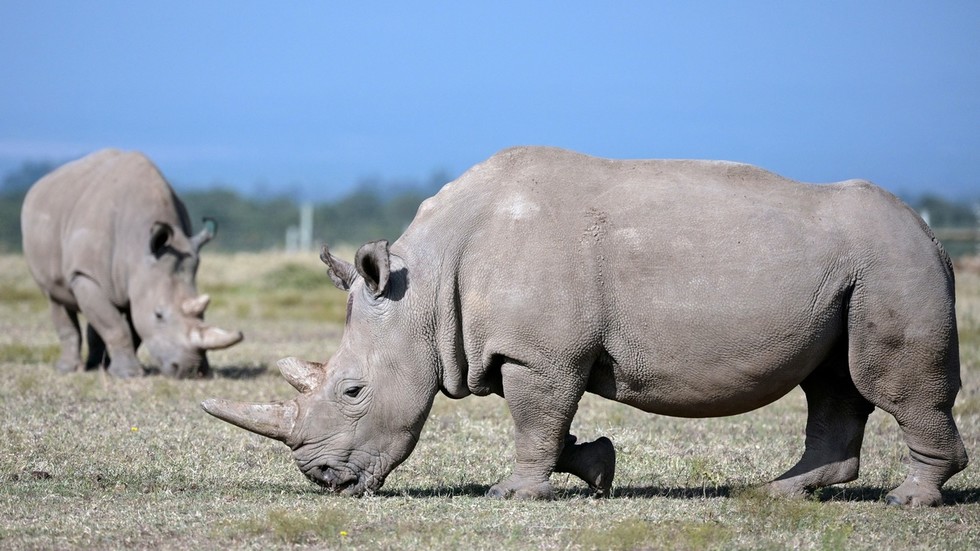

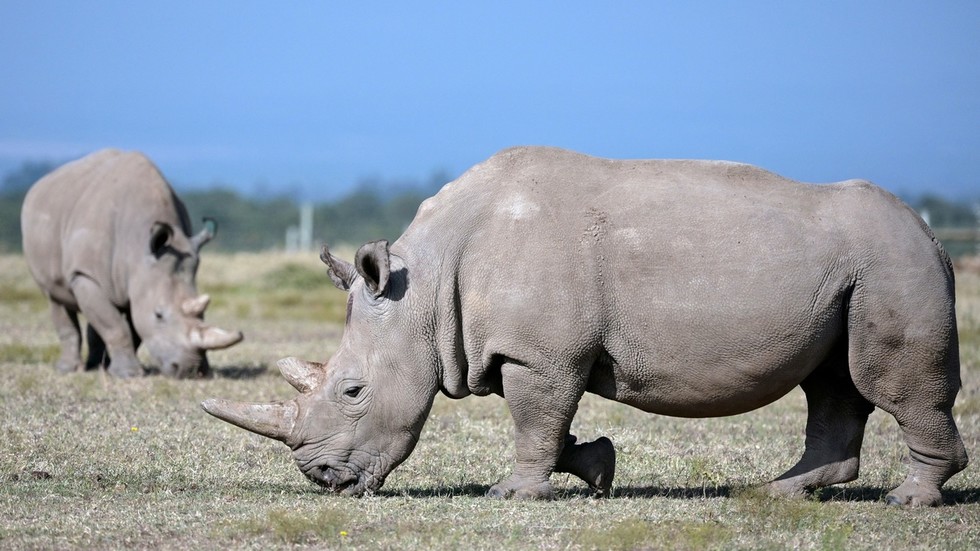

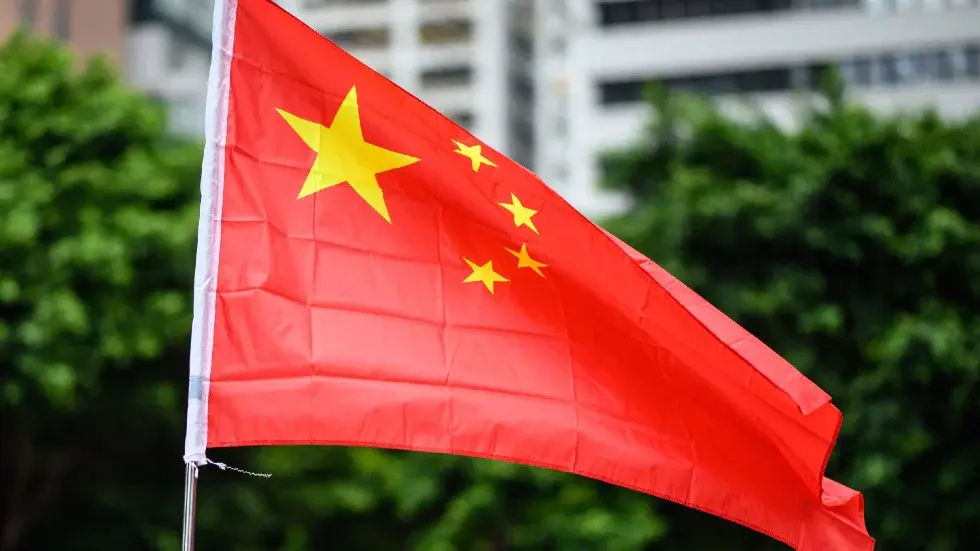



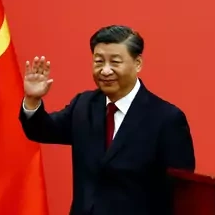
I did. Thank you! I’ve updated the post with her link to it